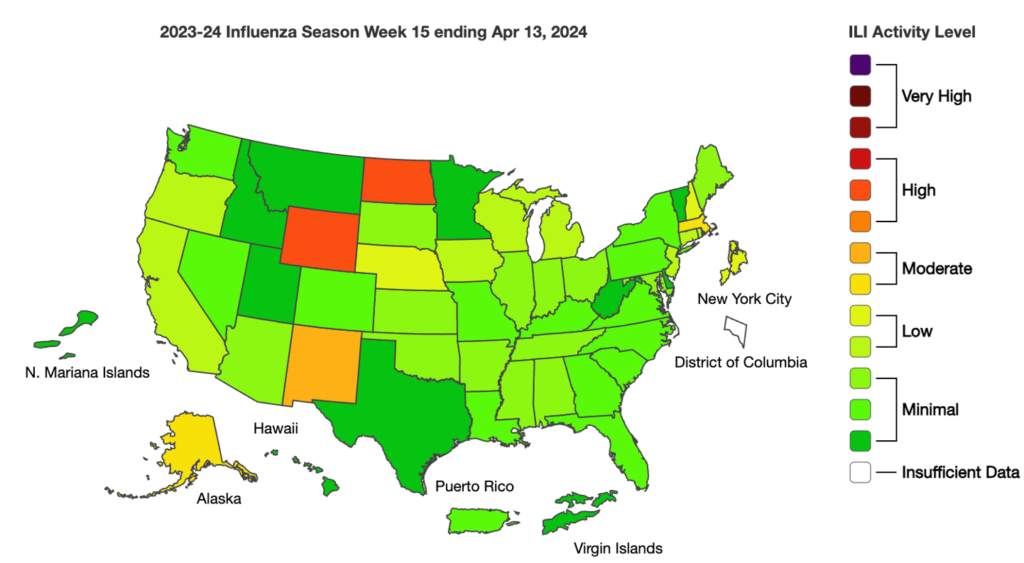Since the COVID-19 pandemic, infectious diseases that are transmitted through the air have been designated by such terms as “airborne” or “aerosol” transmission, but experts have been concerned that none of the terminology is quite right, and the array of terms is simply confusing.
To clear up the confusion, an international group which includes the WHO; disease control and prevention centers of the US, Africa, China, and Europe; and consulting experts joined together to resolve the issue. On April 18, the WHO announced the publication of the “Global technical consultation report on proposed terminology for pathogens that transmit through the air,” which includes consensus of the group on the introduction of the following terms:
- Infectious respiratory particles (IRPs): the infectious particles generated and expelled through the mouth or nose by breathing, talking, singing, spitting, coughing, or sneezing by an individual infected with a respiratory pathogen.
- IRPs exist on a continuous spectrum of sizes, and no single cut off points should be applied to distinguish smaller from larger particles, thus the terms “aerosols” (generally smaller particles) and “droplets” (generally larger particles) are no longer applicable.
- “Through the air” also can be used to characterize an infectious disease where the main mode of transmission involves the pathogen travelling through the air or being suspended in the air. This can include:
- Airborne transmission or inhalation, for cases when IRPs are expelled into the air and inhaled by another person from a short or long distance.
- Direct deposition, for cases when IRPs are expelled into the air from an infectious person, and are then directly deposited on the exposed mouth, nose, or eyes of another person nearby.
The consultation was said to be the first phase of global scientific discussions led by WHO. Next steps include further technical and multidisciplinary research and exploration of the wider implementation implications of the updated descriptors.
COVID Risk Matrix:

Influenza:


Infectious Disease News:
- As of April 16, the CDC is reporting an uptick in mpox, formerly known as monkeypox, cases across the United States. So far this year, they’ve reported almost 600 positive cases of mpox, which is nearly double the number of cases reported in 2023.
- Cryptococcal meningitis incidence in people with HIV in Botswana has been halved due to increased antiretroviral use.
- Eleven confirmed and probable cases of norovirus illness in San Diego County have been linked to frozen oysters imported from South Korea, public health officials announced Tuesday. The FDA has issued a warning against consumption of these oysters.
- Children aged 2 – 5 years old were nearly 5 times more likely to be hospitalized due to respiratory syncytial virus (RSV) in 2022 than from anytime between 2015 – 2019, according to new findings. The increase may be due to an increase in testing of people with respiratory illnesses which rose during the COVID pandemic.
- This week (April 22-29) is “National Infant Immunization Week” – highlighting the importance of routine vaccinations given at the proper intervals, in promoting health.
- Another new oral vaccine for cholera (“Euvichol-S”) received prequalification by the World Health Organization on 12 April. Prequalification is done to ensure that vaccines used in immunization programs are safe and effective and includes support for the specific needs of a national immunization program (e.g., shipping conditions, potency, etc.). Rates of cholera have tripled over the past years in developing countries, likely due to increases in population in urban areas, straining water, and sanitation infrastructure.
- The Joint Food and Agriculture Organization/World Health Organization Expert Meetings on Microbiological Risk Assessment (JEMRA) has named the “highest priority viruses and food commodities in which they are spread.” When considering frequency and severity, viruses in order of prominence were norovirus, Hep A and Hep E, then rotavirus, sapovirus, enterovirus, astrovirus, and enteric adenovirus. More details are available here.
- The following map identifies in red which states have confirmed cases of HPAI in domestic livestock this year. The species with cases have all been recorded as dairy milking cattle.






